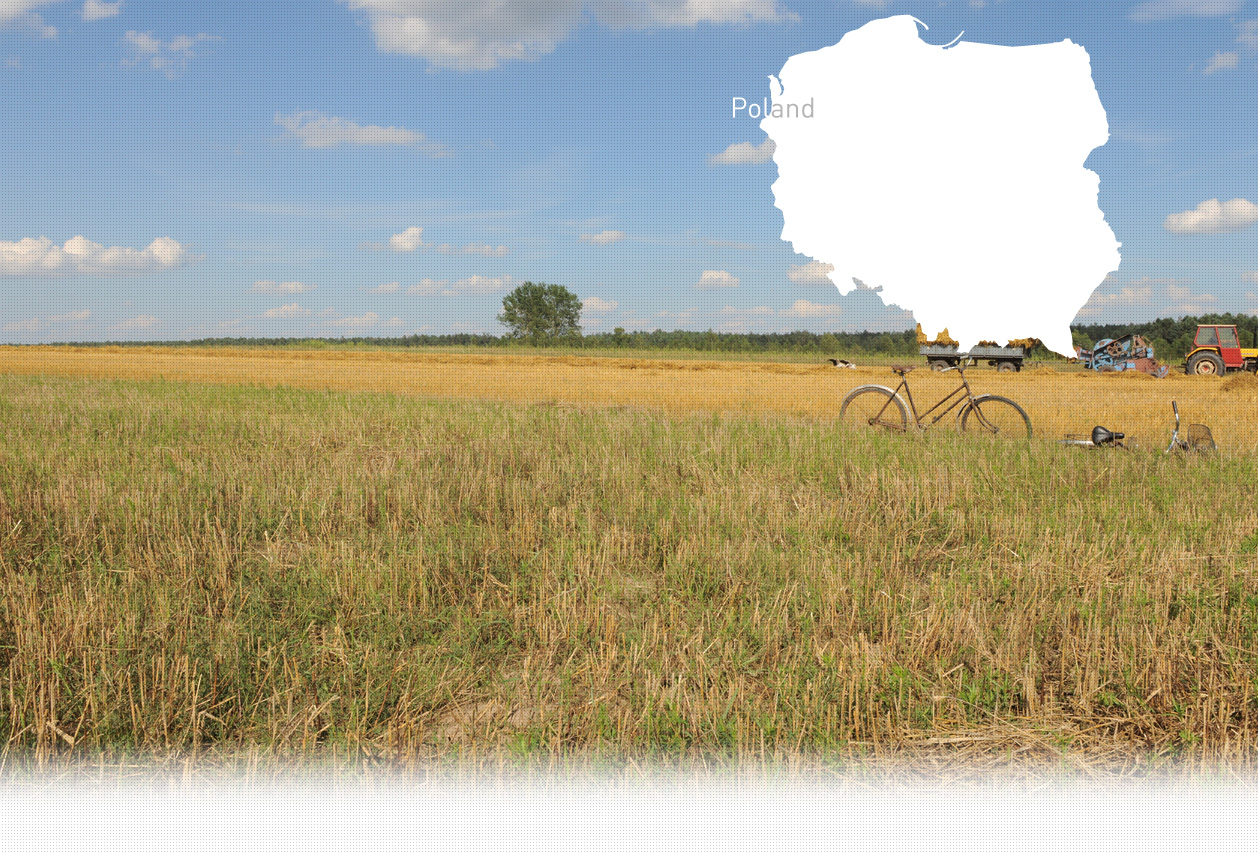

1 Killing site(s)
Józefa R., born in 1931: "Before the war, there were many Jews living in Lutomiersk. When the war began, my mother and I lived in the house occupied by a German family, my mother worked for them. Their house was located in front of the ghetto. Jews had to wear Stars on their chests. The ghetto wasn’t fenced but it was guarded by a Jewish man called Borowy. He was from Lutomiersk. Before the war, he owned a tailor’s workshop that produced suits. He was a member of the Jewish police and had a uniform which had more stars. It was prohibited for the non-Jews to enter the ghetto. There were signs written in Polish forbidding it. Jewish women from the ghetto worked in a tailor’s workshop making uniforms for the Germans. Sometimes I would go to the ghetto with my own clothes for the Jews to repair. I would pay them with food. The ghetto was liquidated in the summer of 1942. Before the deportation, a German from the family we lived with told us to hide during the deportation, so that we wouldn’t accidentally be taken away. That day, I saw about 10 trucks coming to town. The Jews had to undress next to the trucks, men and women had to leave their clothes, before being separated and put into different cars. There was also a separate truck for children. The Germans beat the Jews with sticks, they had also huge, scary dogs. People were screaming. All the trucks left in the direction of Łódź.” (Witness n°1103P interviewed in Lutomiersk, on August 19, 2019)
Lutomiersk is a town in Pabianice County, Łódź Voivodeship, in central Poland. It is the seat of the gmina (administrative district) called Gmina Lutomiersk. It lies approximately 17 km (11 mi) northwest of Pabianice and 19 km (12 mi) west of the regional capital Łódź. The first Jews settled in Lutomiersk at the beginning of 17th century. By the early 18th century, they had already formed an organized Jewish community with a cemetery and a wooden synagogue that was as erected in the 1780s. At the end of the 18th century, the Jews founded a tannery in the town. In 1787, a Jew named Pinkus Israel established a cloth factory, employing 20–30 workers. By 1827, there were 1,102 Jews in the town comprising 51% of the total population. By 1921, the ton’s population had risen to 2,193 people, including 775 Jews, making up 35% of the total population. The Jewish community was mostly composed of conservative Jews. Most of a local Jews made a living from handicrafts and trade - 56 Jewish workshops operated in the town in 1921, which were mainly engaged in shopkeeping, weaving, tanning, tailoring, and carpentry. Before the outbreak of the war, Lutomiersk had about 750 Jewish residents.
Just before the Germans’ arrival and within first weeks of occupation, nearly 1,300 Jews escaped. By October 1939, only 750 Jews remained in Lutomiersk. During the first days of September 1939, many Lutomiersk residents, including Jews, were killed in bombing raids. The Germans mistreated and persecuted the Jews as soon as they arrived in the town. One of them was hanged by his hair on the town gate, another was burned alive. Their beards were cut off in public, stores and apartments were robbed. Dozens of people were taken hostage and treated terribly. Jews were also subjected to carry out forced labor consisting in restoration of a bridge that had been destroyed in the course of the September campaign, as well as widening roads and agricultural work. In August 1940, a ghetto was established in which about 750 people were imprisoned. At first it was open, but this changed in mid-1941. As many Jews were forced to live in summer bungalows that had been rented to tourists before the war, and were not built for year-round occupancy, they suffered from the cold during the ghetto’s first winter. Some Jews were sent to labor camps. The first deportation to a labor camp took place in September or October 1941, when a group of 40 men was sent to a labor camp near Poznan. Another group of 83 was sent to Frankfurt on the Oder to build a highway. A number of sick people were deported to Łódź ghetto. At the end of 1941, on the initiative of the mayor of Lutomiersk, a workshop employing 20 tailors was opened in the ghetto. Clothing was made there from materials provided by customers. Many orders came from Łódź, which made the workshop very profitable. The ghetto was liquidated, and the Jews were murdered most probably at the end of July 1942, when they were deported to the Chelmno extermination camp. A number of Jews were selected for labor and sent to the Łódź ghetto.
Do you have additional information regarding a village that you would like to share with Yahad ?
Please contact us at contact@yahadinunum.org
or by calling Yahad – In Unum at +33 (0) 1 53 20 13 17